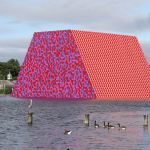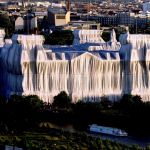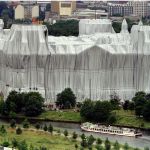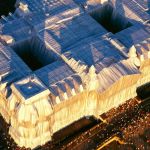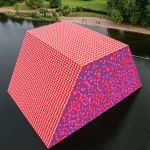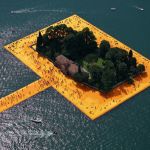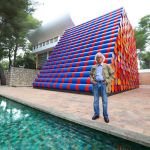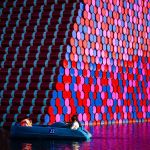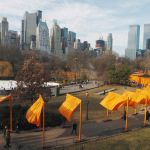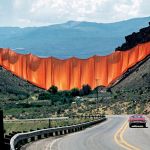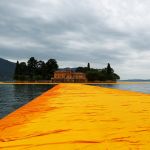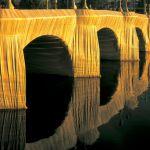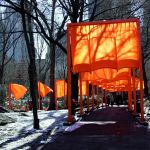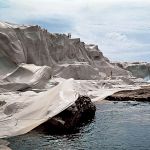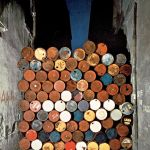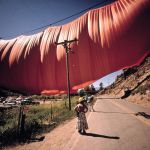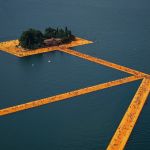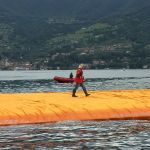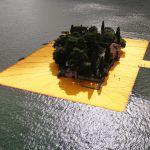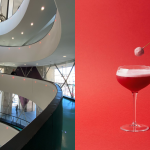
Christo, the artist of the impossible
The 5 most iconic works by the artist who " wrapped the world"
June 1st, 2020
Christo, the artist famous for wrapping some of the world's greatest monuments, from the German Reichstag to Pont Neuf in Paris, died in New York at the age of 84 due to natural causes. The announcement came on May 31 directly from his social channels:
Christo lived his life to the fullest, not only dreaming up what seemed impossible but realizing it. Christo and Jeanne-Claude's artwork brought people together in shared experiences across the globe, and their work lives on in our hearts and memories. Christo and Jeanne-Claude have always made clear that their artworks in progress be continued after their deaths. Per Christo’s wishes, "L'Arc de Triomphe, Wrapped" in Paris, France, is still on track for September 18 – October 3, 2021.
Born in Gabrovo, Bulgaria, on June 13, 1935, the son of an businessman and a secretary of the Sofia Academy of Fine Arts, Christo Vladimirov Javacheff, better known as Christo, soon went on a pilgrimage around the world. In his early twenties he left his country and moved first to Prague, then to Vienna, and finally to Paris, escaping the communist bloc countries. In the Ville Lumiere he survived by making portraits and abstract paintings. At the same time, he began to create the art that made him famous and which, together with Arman and Yves Klein, turned him into one of the main members of the Nouveau Réalisme, an artistic movement interested in materials taken from reality, even the most banal: wrapping various types of objects such as cans, bottles, chairs, machines.

Christo's works are unforgettable, here are 5 that you absolutely must know.
Wrapped Reichstag, Berlino, 1971-1995
The wrapping of the Reichstag in Berlin, in June 1995, is perhaps the most famous work created by the Bulgarian artist. The German parliament was wrapped with 100,000 square meters of silver fabric. It took Christo over twenty years to obtain permission for this work, which attracted five million visitors.
Surrounded Islands, Biscayne Bay, Florida, 1980-83
In the early 1980s the islands of Biscayne Bay, in Florida, were surrounded by a fuchsia polypropylene cloth.
The Gates, Central Park, New York City, 2005
A 30-kilometre walkway through Central Park, New York, open to the public from 12 to 27 February 2005 and made up of 7,503 arcades, about five metres high and arranged four metres apart. With orange fabric sheets fixed to each of them.
The London Mastaba, Hyde Park, Londra, 2016-2018
Inspired by the Mastaba, a monumental funerary building of ancient Egypt, the work recalls exactly this pyramidal shape: 20 metres high, it is made with more than 7500 empty oil barrels, stacked one on top of the other and resting on a floating polyethylene platform that supports its more than 600 tons of weight.
Floating Piers, Lago d’Iseo, 2014-2016
A very long yellow walkway over the Lombard lake that gives the feeling of walking on water. The Floating Pears was visited by 1.3 million people in just three weeks.

















































